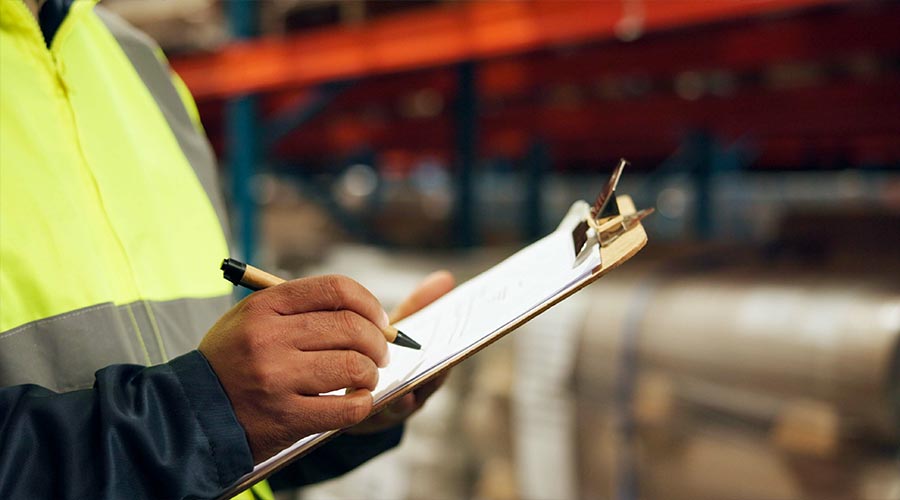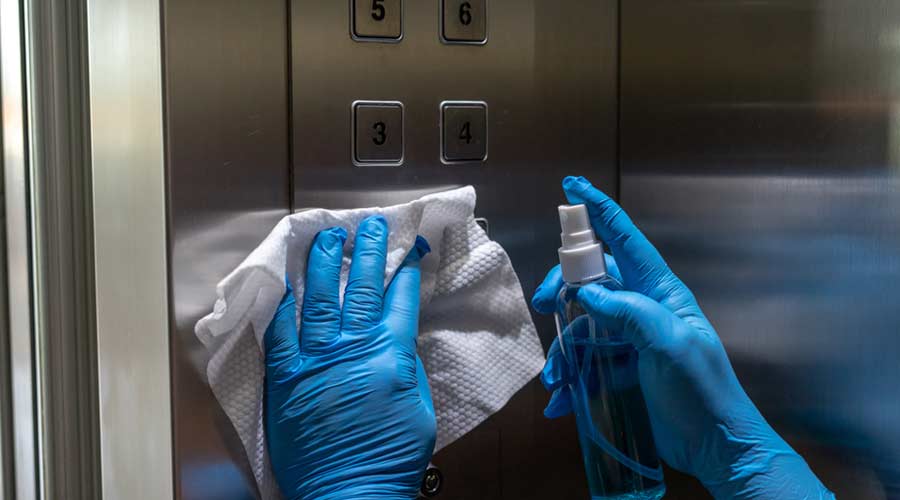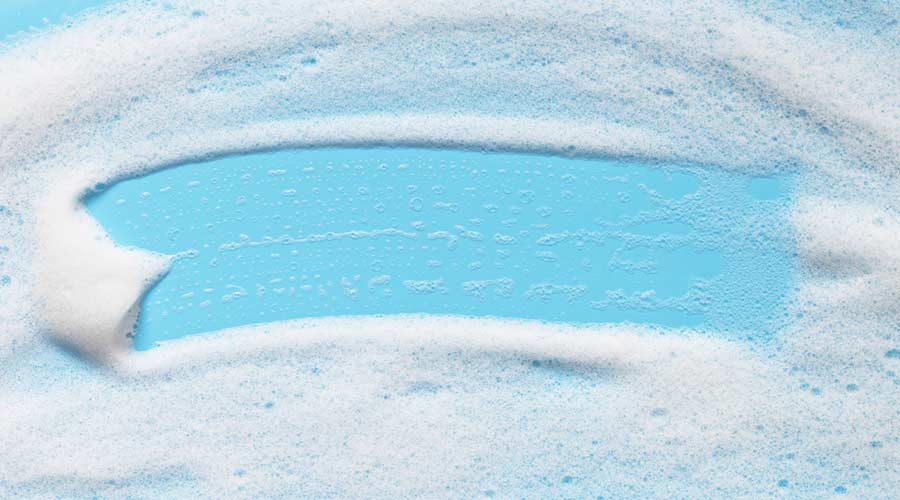
In the digital era, new technologies can enhance processes and support the overall health and safety of cleaning industry members. With increased monitoring of systems and their compliance, facilities are increasingly adopting innovative inspection software. These digital systems, utilized from management to custodial staff, work to augment building inspections and data reports as it aligns with Occupational Safety and Health Administration (OSHA) standards.
According to an Inspection Management Software Market trend analysis report, inspection technology is an evolving industry. Globally, the inspection software market size was an estimated $9.2 billion in 2024, with predicted growth to $18.86 billion by 2030, as predicted in the document. This interest coincides with an uptick in OSHA building inspections.
OSHA underwent 34,625 inspections across the United States in 2024, CBS 42 reports. Of these checks, three main violations recurred:
- Disorganized inspections of fire safety equipment
- Obstructed exits
- Inefficient maintenance records collection
These oversights compromise the safety and security of facilities. With the diverse needs and sizes of buildings, it is imperative that facility cleaning teams have the necessary tools to effectively collect and report accurate data.
Further reflected by a KTLA 5 report, organizations that use digital field inspection platforms experience around a 40 percent drop in compliance errors. Access to up-to-date information aids staff in requesting and managing the maintenance needs of their buildings. As a result, resources can be better allocated, and compliance is guaranteed.
When cleaning teams can minimize manual record keeping, they have a greater capacity to fulfill their operational obligations. These technologies may improve facility systems and create environments that promote the well-being of its occupants.

 Celebrating BSCAI's 60th Anniversary eBook
Celebrating BSCAI's 60th Anniversary eBook The Down and Dirty on Cleaning in Virus Season
The Down and Dirty on Cleaning in Virus Season How Surfactant Use is Expanding in Commercial Cleaning
How Surfactant Use is Expanding in Commercial Cleaning